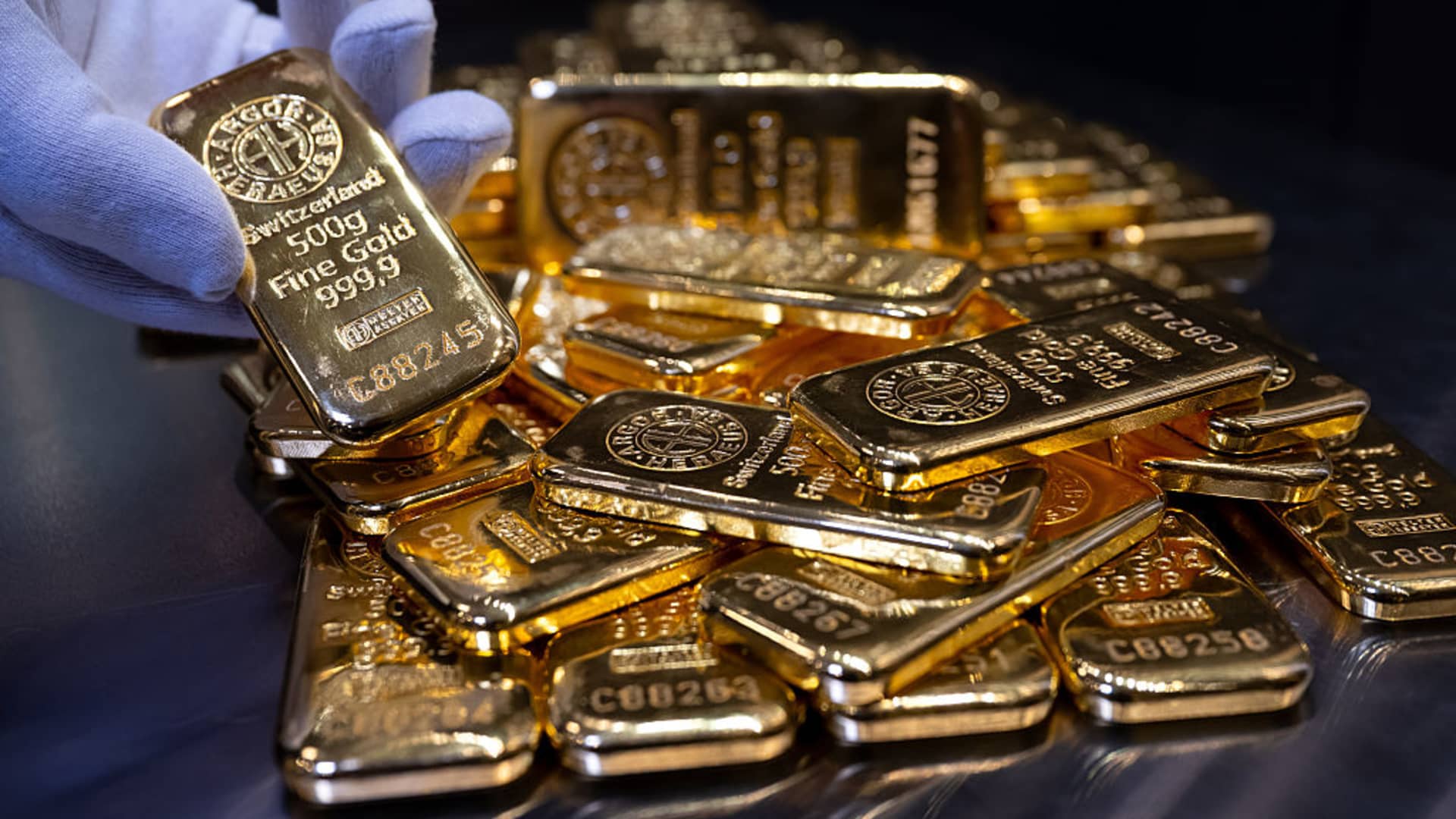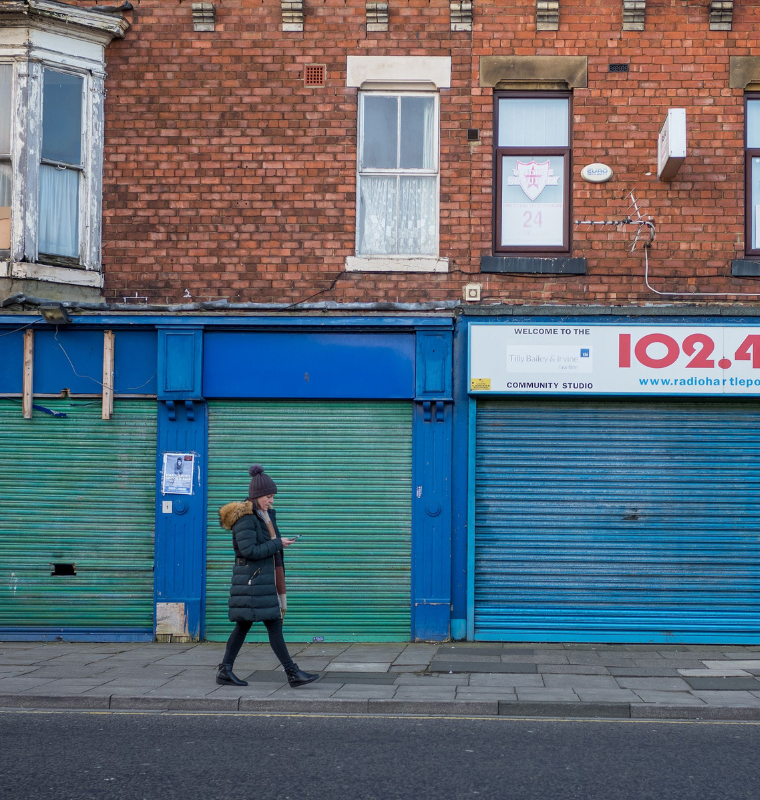Central Banks Turn to Domestic Gold Mines as Prices Soar
By
Junia Wells
Last updated:
July 16, 2025
First Published:
July 16, 2025

Gold prices fell on Tuesday, retreating from near a four-week high, as a modest rise in the dollar weighed on the metal, although uncertainty over the U.S.-China trade agreement kept investors cautious and limited the bullion’s decline.,| Sven Hoppe | Picture Alliance | Getty Images
Why Central Banks Are Buying Gold From Local Mines — And What It Means for the Global Economy
As gold prices surge past $3,300 per ounce, central banks across the globe are shifting their gold-buying strategies. In a bid to strengthen their reserves and support local economies, many are purchasing gold directly from domestic mines, a trend that’s growing rapidly in both developing and resource-rich nations.
According to the World Gold Council (WGC), nearly 53% of surveyed central banks are either already sourcing gold domestically or actively considering it. This marks a significant evolution in how central banks interact with the precious metal — traditionally acquired through global markets and transacted in major currencies like the U.S. dollar, euro, or British pound.
The Strategy: Save on Costs, Preserve Foreign Reserves
Gold sourced locally often comes with a lower price tag compared to international procurement. By paying in local currency instead of depleting foreign exchange reserves, central banks can build their gold holdings more efficiently.
“You’re able to grow your reserves using local currency and therefore not sacrifice another reserve asset,” said Shaokai Fan, Global Head of Central Banks at the World Gold Council.
Purchasing from local mines also cuts out intermediaries and avoids shipping, banking, and insurance fees, making it a cost-effective option — especially when gold prices have risen nearly 27% year-to-date, according to LSEG data.
Who’s Leading the Way?
Countries with active mining industries are at the forefront of this strategy. The Philippines, Colombia, Ghana, Tanzania, Zambia, Mongolia, and Kazakhstan are either buying directly from miners or expanding these efforts.
- In Ghana, the government has mandated that mining companies sell 20% of their gold output to the Bank of Ghana.
- In Tanzania, authorities require all gold exporters to allocate at least 20% of production to the central bank.
- Kazakhstan and the Philippines also have London Good Delivery (LGD) certified refineries, giving them a unique advantage by processing gold domestically to international standards.
Risks and Trade-Offs
Despite the economic appeal, buying from domestic artisanal and small-scale gold miners (ASGM) carries reputational and regulatory risks. Many of these mining operations have been associated with environmental harm, labor rights violations, and illegal trade networks.
“Much of the gold being bought domestically comes from ASGM, and central banks must ensure these purchases don’t fuel unethical practices,” warned Nicky Shiels, head of research at MKS PAMP, a precious metals firm.
However, experts argue that central banks’ credibility and scale position them to drive reforms. By becoming major buyers, they can formalize supply chains, offer stable and legal market access for small miners, and promote traceable, responsible sourcing.
Geopolitical and Strategic Implications
Gold remains one of the most trusted financial hedges during times of uncertainty. With global debt levels rising and geopolitical tensions escalating, many central banks are diversifying away from the U.S. dollar and turning to tangible, reliable assets.
Out of 73 central banks surveyed by the WGC, 95% believe global gold reserves will continue to rise over the next year.
The local sourcing trend is not just about economics — it’s also about monetary sovereignty. By using locally mined gold, central banks reduce their reliance on global bullion markets, which are dominated by institutions in London, Zurich, and New York.
Final Thoughts: A New Gold Standard?
What began as a pragmatic move to save money may soon reshape how central banks worldwide approach reserve management. The strategy offers a triple benefit — cost savings, domestic economic stimulation, and increased monetary flexibility.
And as long as gold remains a cornerstone of financial stability, this shift toward local sourcing is likely to accelerate — particularly in nations with untapped mining potential and a growing appetite for economic independence.
Popular articles
Subscribe to unlock premium content
Kylie Jenner’s $420M Beauty Empire Unravels: Inside the Stunning Fall of a Social Media Mogul

Britain’s Economic Decline: From Global Powerhouse to Financial Strain

Trapped by Perfection: How AI Beauty Filters Are Rewiring Our Faces—and Our Minds

Kylie Jenner’s $420M Beauty Empire Unravels: Inside the Stunning Fall of a Social Media Mogul

Britain’s Economic Decline: From Global Powerhouse to Financial Strain

Kylie Jenner’s $420M Beauty Empire Unravels: Inside the Stunning Fall of a Social Media Mogul









